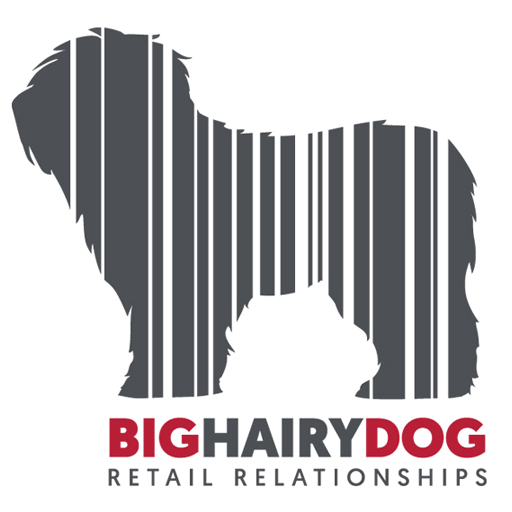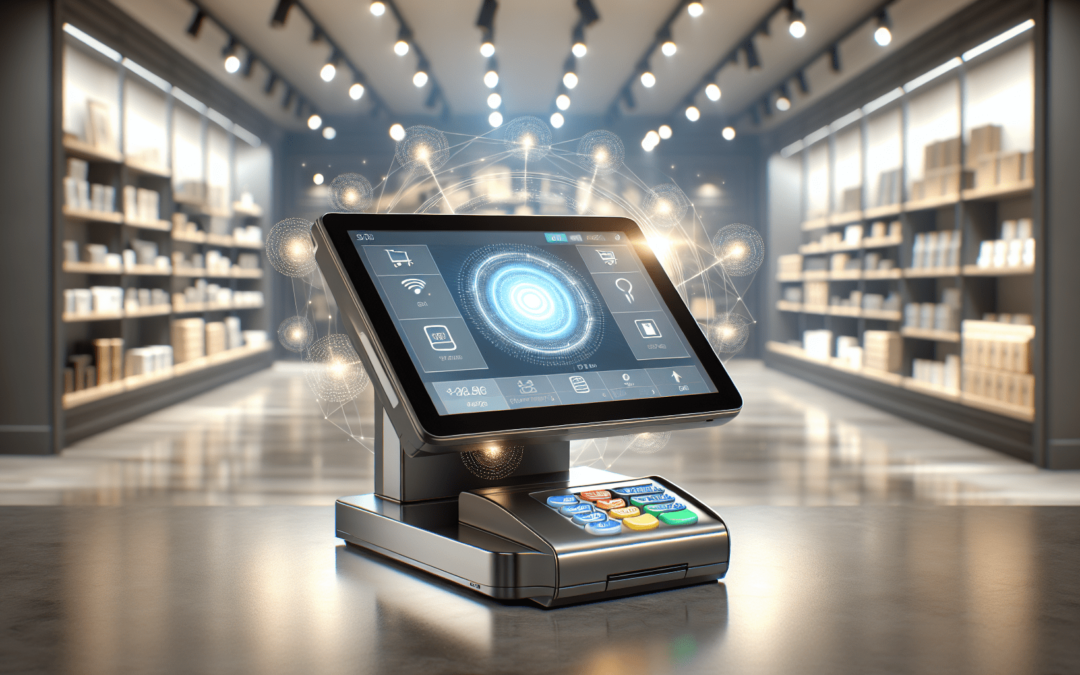What steps are you taking to protect your business from fraud?
Fraud can strike any business, big or small, and when it happens, it can lead to significant financial losses and erode customer trust. Learning how to prevent these scams is vital to ensuring the longevity of your establishment. Let’s look into various aspects of fraud prevention, particularly focusing on the retail industry, which can be susceptible to different types of fraudulent activities.
Understanding Fraud in Retail
Fraud in retail can take many forms, from employees manipulating sales data to customers using counterfeit payment methods. Understanding the types of fraud you’ll face is the first step in effectively preventing it.
Types of Fraud
-
Employee Fraud Employee fraud often involves manipulating sales figures, stealing cash, or providing unauthorized discounts to friends and family. This type of fraud can be particularly damaging because it erodes trust among your team and your customers.
-
Customer Fraud Customer fraud can include returning stolen merchandise, using stolen credit cards, or creating fake accounts to take advantage of loyalty programs. Such activities can disrupt your business operations and lead to hefty losses.
-
Payment Fraud Counterfeit checks, stolen credit cards, and online payment scams fall under payment fraud. This type poses a significant risk, especially as online shopping becomes more prevalent. Being aware of these threats can help you stay ahead of potential issues.
-
Cyber Fraud With the rise of e-commerce, cyber fraud has grown alarmingly. Phishing scams, data breaches, and ransomware attacks are becoming more common. Protecting your network and customer data is crucial.
The Importance of Fraud Prevention
Implementing a solid fraud prevention strategy is essential for your business not only to protect your revenue but also to maintain your reputation. When customers feel secure shopping at your store, they are more likely to return. Understanding why fraud prevention matters can empower you to take necessary steps toward your protection.
Financial Impact
The financial repercussions of fraud can be severe. According to studies, businesses can lose a large percentage of their revenue through fraud. These losses can stem from theft, the cost of investigations, and hiring additional security personnel, among other things. Preparing a fraud prevention strategy can help mitigate such risks.
Customer Trust
Building trust with your customers is vital. When fraud occurs, it can make customers wary of your business practices. If they experience or hear about fraudulent activities in your store, they may choose to shop elsewhere. Maintaining a trustworthy reputation will keep your customers loyal and engaged.
Implementing Fraud Prevention Strategies
Now that you understand the types and implications of fraud, it’s time to consider strategies you can implement to protect your business. Here are several effective measures you can take.
Invest in Point of Sale Systems
Having reliable point of sale (POS) systems to process transactions can significantly reduce the risk of fraud. Big Hairy Dog specializes in Retail Pro POS systems, which are designed with fraud prevention capabilities. By investing in high-quality POS solutions, you can increase the security of transactions and streamline your operations.
Benefits of a Strong POS System
- Real-time Analytics: A well-designed system provides you with instantaneous access to sales data. You can instantly spot unusual activities and trends.
- Secure Payment Options: Consider systems that encrypt customer data, protecting sensitive payment information.
- User Access Control: Setting permissions within your POS system can prevent unauthorized access to your financial data.
Educate Your Staff
Your team is your first line of defense against fraud. Ensuring that they are well-informed about common fraud tactics and warning signs is critical.
Training Sessions
Conduct regular training sessions for your staff. Teach them how to identify suspicious behavior, such as customers returning items without receipts or asking for cash refunds. Encourage open communication, so they feel comfortable reporting any suspicious activities.
Create Awareness
Consider circulating information on fraudulent schemes, especially new trends in fraud that could affect your business. This will create a vigilant workplace culture, where everyone is watchful for potential threats.
Enhance Customer Verification
Whether it’s through online purchases or in-store transactions, enhancing customer verification can reduce the likelihood of fraud. This process involves establishing measures to confirm the identity of the customer.
Requirements for Purchases
- Receipt Validation: For returns, always request a receipt. This will help ensure that the item truly belongs to the customer returning it.
- ID Checks: For high-value transactions or returns, consider requesting a form of identification. This will ensure you have a record of the customer’s identity in case any issues arise later.
Monitor Transactions
Monitoring transactions closely can help you catch fraudulent activities early. This involves regularly reviewing your sales data and looking for anomalies.
Anomaly Detection
Implementing software that flags unusual transactions can be beneficial. You should look for:
- Unusual Patterns: Transactions that seem out of the ordinary for a specific customer.
- Multiple Returns: If one customer is making frequent returns, get curious. Sometimes this could indicate a pattern of fraud.
Use Technology for Enhanced Security
Modern technology provides numerous tools and software that can assist in fraud prevention. Leveraging these technologies can create a more secure shopping environment.
Security Software
Make sure to install updated antivirus software on all devices used in your business. This software can protect against data breaches and cyber fraud. Regularly update your systems to ensure you have the latest security features in place.
Two-Factor Authentication
For online transactions, consider implementing two-factor authentication. This requires customers to provide two forms of verification before completing a purchase, ensuring that they are who they claim to be.
Keep Customer Data Secure
In today’s digital landscape, securing customer data is more important than ever. If hackers gain access to your customers’ information, it can lead to severe consequences for both your business and your clientele.
Data Encryption
Ensure you are using data encryption to protect sensitive information such as credit card numbers and personal identifiers. This means that even if data is intercepted, it would be unreadable to unauthorized users.
Regular Backups
Perform regular backups of your data. This is especially vital for any payment information. In case of a ransomware attack, you won’t be left in a position where you have to pay a hefty ransom to recover your data.
Specific Fraud Prevention Measures Based on Business Type
Depending on the nature of your business, you may need to customize your fraud prevention strategies. Retail environments, in particular, may vary in their risks and therefore require tailored approaches.
In-store Retailers
For physical stores, the risks may come from both employee behaviors and customer actions. Here are some recommended practices.
Physical Security Measures
- CCTV Cameras: Installing surveillance cameras can deter potential thieves and capture evidence if fraud occurs.
- Security Tags: Items prone to theft can be equipped with security tags that set off alarms if someone attempts to leave the store without paying.
E-commerce Retailers
If your business primarily operates online, you will face extra challenges regarding payment security and customer identity verification.
SSL Encryption
Ensure that your website has SSL encryption (indicated by “https” in your URL). This secures the connection between your customers and your site, making it harder for hackers to intercept data.
Secure Payment Gateways
Utilize trustworthy payment gateways known for fraud protection features. By choosing reliable services, you gain access to enhanced security measures that can help prevent fraud.
Hybrid Retailers
For businesses operating both brick-and-mortar stores and e-commerce platforms, you will need to blend both sets of strategies into your fraud prevention planning.
Integrated Systems
Integrate your online and offline sales systems. This ensures consistency in data tracking, making it easier to monitor transactions across different platforms. If a fraud attempt is made in your e-commerce store, it should signal to your in-store employees as well.
Regularly Review and Adjust Your Strategy
Fraud prevention isn’t a one-time task; it’s an ongoing process. Regularly reviewing your strategies and making necessary adjustments will help you respond to new challenges effectively.
Stay Informed on Trends
Keep yourself updated with the latest fraud trends. As technology evolves, so do the tactics used by fraudsters. Attend conferences, subscribe to industry-related publications, and network with other business owners to share knowledge and insights.
Conduct Regular Audits
Perform regular audits of your business operations. This will help identify any weaknesses in your fraud prevention strategies. Seek feedback from your employees, as they are on the frontlines and can offer valuable insights.
Conclusion
Are you ready to put a comprehensive fraud prevention strategy in place? Taking proactive measures not only protects your business financially, but also strengthens customer trust and loyalty. By implementing secure systems, educating your employees, and being vigilant, you can significantly reduce the chances of falling victim to fraud. Remember, your business’s safety depends on your preparedness and responsiveness to potential threats. The steps you take today can lead to a secure and thriving future for your retail establishment.


